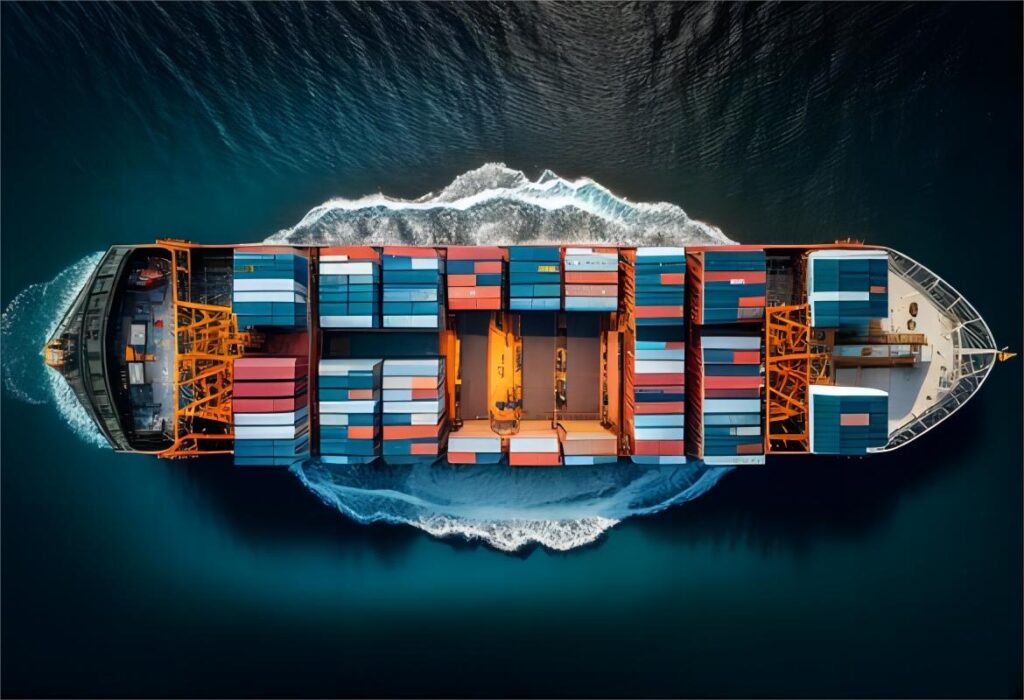As a business owner handling high volume exports from China to the Philippines, I’ve found Dubai to be a strategic transit hub—especially for shipments requiring special routing, duty advantages, or consolidation from multiple suppliers. Leveraging a professional freight solution China–Philippines with Dubai as the middle point has helped streamline logistics and save time.
1. Why Use Dubai as a Transit Hub?
Dubai offers excellent global connectivity, customs efficiency, and warehousing services. When I ship goods from China that need temporary storage, re-labeling, or combining with shipments from other countries, Dubai’s free zones provide flexibility before forwarding to the Philippines.
2. Choose a Freight Forwarder Experienced in Multi-Leg Shipping
To manage a Dubai transshipment, I partner with a professional freight solution provider that handles the China–Dubai–Philippines route seamlessly. This includes coordinating export clearance from China, re-export handling in Dubai, and final importation into the Philippines.
3. Understand Documentation for Transshipment
I ensure all my shipments include proper documentation, such as a through bill of lading, re-export licenses (if required), and invoices clearly stating the final destination. My freight agent ensures compliance at each leg to avoid delays at Dubai or Philippine customs.
4. Consider Consolidation for Better Rates
When managing high-volume exports, I sometimes consolidate cargo from multiple Chinese suppliers in Dubai before forwarding to the Philippines. This reduces freight costs per CBM and simplifies the receiving process on the Philippine side.
5. Track and Communicate
Dubai-based logistics providers usually offer real-time updates. I make sure my shipments are traceable throughout all transit points, and I maintain communication with both the origin and destination agents for timely coordination.

People Also Ask (PAA)
1. Why ship through Dubai to the Philippines instead of directly from China?
Dubai offers faster consolidation, advanced warehousing, and simplified routing options for multi-country shipments.
2. Can I consolidate cargo in Dubai before shipping to the Philippines?
Yes, freight forwarders often use Dubai to consolidate multiple shipments, especially for high-volume exports from China.
3. Is shipping via Dubai more expensive?
Not always—using Dubai can reduce total cost by optimizing routes, lowering duties, or grouping shipments efficiently.
4. What documents are required for Dubai-Philippines transshipment?
You’ll need a commercial invoice, packing list, through bill of lading, and possibly a re-export declaration for Dubai.
5. How long does Dubai-to-Philippines shipping take after transshipment?
It typically takes 5–10 days from Dubai to the Philippines, depending on the final destination port and carrier schedule.
